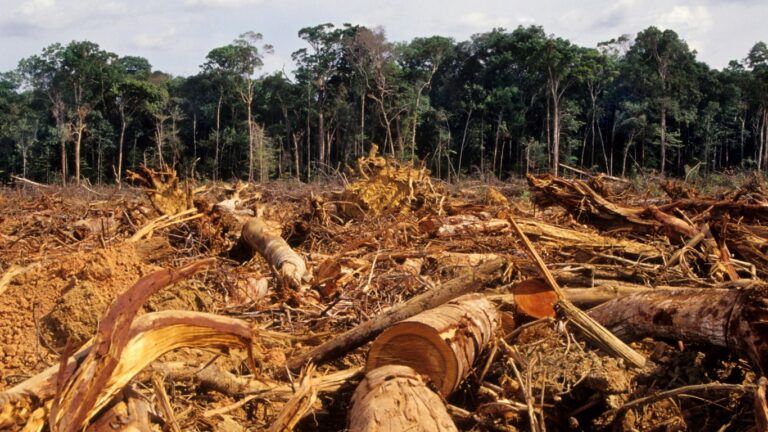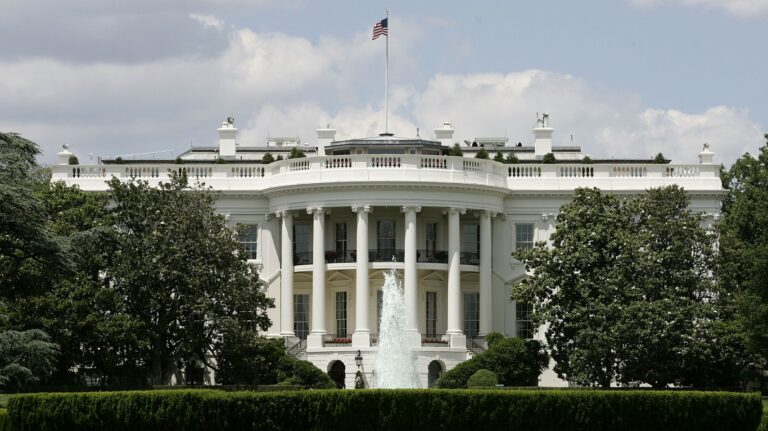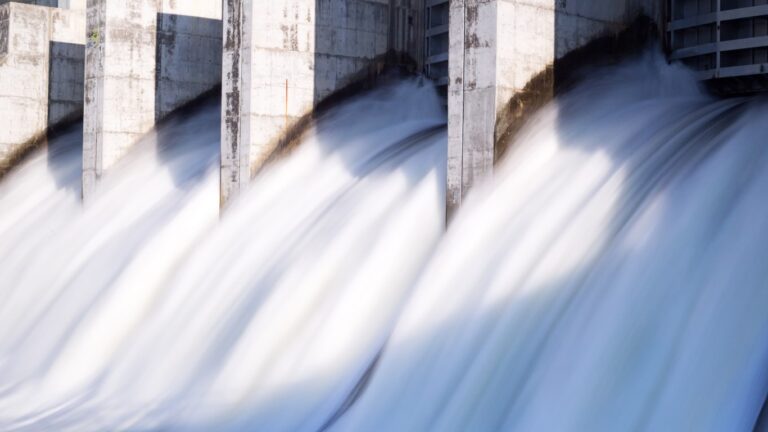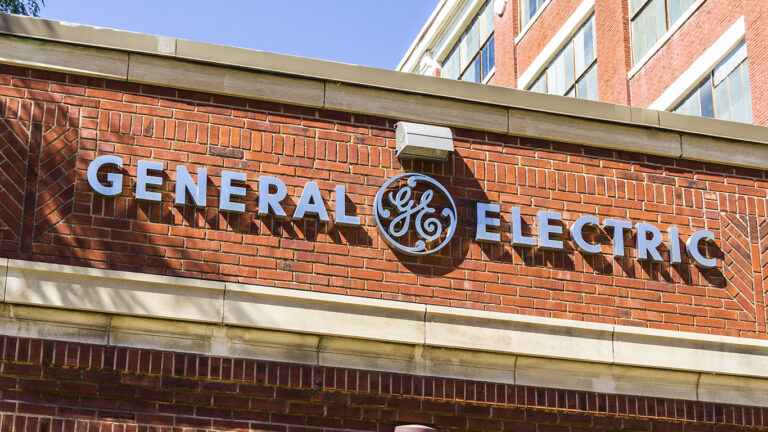Algae Is Destroying Lake Erie
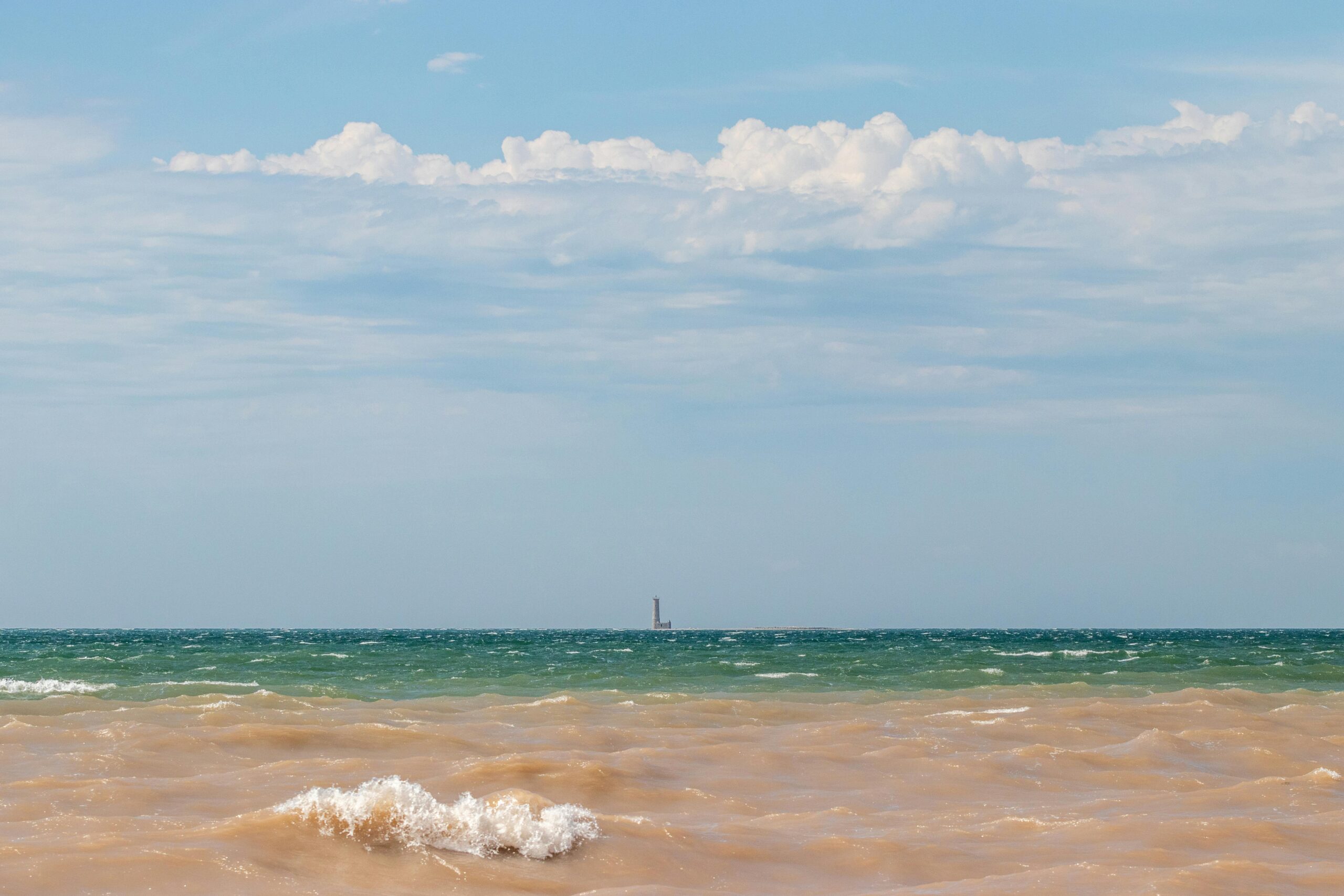
In the 1960s, Lake Erie was on the brink of collapse as a source of fresh water and habitat for hundreds of bird and fish species. Sewage dumped from industrial plants in cities, which included Akron, Cleveland, and Toledo, caused a catastrophic poisoning of the lake. Over the last five decades, regulations have significantly reduced pollution, helping to clean up the lake. Today, Lake Erie faces a threat nearly as bad.
Every year, a toxic algae bloom spreads from the far west of the lake over to a point close to Cleveland. Much of this is caused by a runoff of fertilizer used by businesses. Scientists call these “nutrients.” The effects can be hazardous to humans and animals, making the west end of the lake toxic to fish.
Governments of states around the lake have attacked the problem. This is particularly true of Ohio. A new state project aimed at improving water quality by killing off algae has had some success, but the project may be over, according to Inside Climate News. The project’s budget has been reduced. “The program in question, H2Ohio, has invested millions of dollars in improving water quality throughout the state.”
Budget Cuts
In addition to the H2Ohio challenge, Trump cuts in NOAA budgets have undermined the Environmental Sample Processors, which collect water quality data.
Lake Erie’s algae bloom has spread as far east as Cleveland in some years. This has threatened the quality of the water its residents need for drinking. That, in turn, has a significant economic impact.
Lake Erie was in trouble in the 1960s. A herculean effort changed that for the better. One will be needed again.
More from ClimateCrisis 247
- Climate Budget Cuts Mean People Will “Be Flying Blind”
- West’s Megadrought Could Last Until 2100
- There’s Plastic In Your Glass Bottle
- U.S. Military Emissions Higher Than Ethiopia’s


